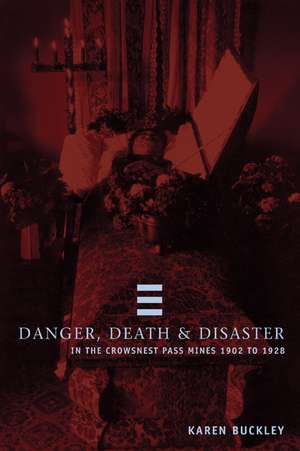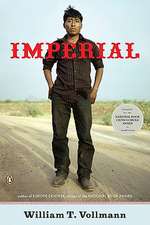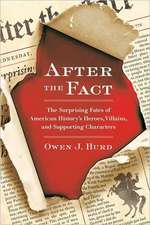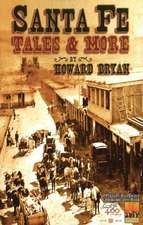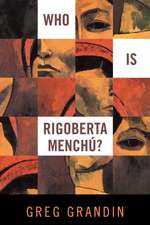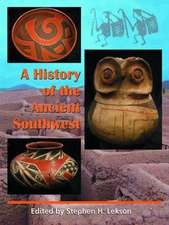Danger, Death and Disaster in the Crowsnest Pass , Mines 1902-1928
Autor Karen Buckleyen Limba Engleză Paperback – 19 noi 2004
The Crowsnest Pass is famous for the tragic rock slide at Frank in 1903, but almost as famous are the many coal-mining tragedies that afflicted the region in the early twentieth century. With the discovery of a rich coal deposit in the region, the area underwent an economic boom and a spike in population that is still evidenced today. Unfortunately, with this type of mining, in rugged and often dangerous conditions, comes the threat of disaster and occasionally death. This book examines carefully the various calamities that have afflicted the area and considers the impact on the inhabitants and victims of these numerous tragedies. Using original source material such as grave markers, folk songs and oral histories, the author portrays vividly the psychological and sociological features of both the individual and collective responses to death and danger, giving the reader a unique picture of mining communities that is as true today as it was a century ago.
Preț: 244.62 lei
Nou
Puncte Express: 367
Preț estimativ în valută:
46.81€ • 49.00$ • 38.73£
46.81€ • 49.00$ • 38.73£
Carte tipărită la comandă
Livrare economică 07-21 aprilie
Preluare comenzi: 021 569.72.76
Specificații
ISBN-13: 9781552381328
ISBN-10: 1552381323
Pagini: 215
Ilustrații: 28
Dimensiuni: 305 x 178 x 13 mm
Greutate: 0.3 kg
Editura: University of Calgary Press
Colecția University of Calgary Press
ISBN-10: 1552381323
Pagini: 215
Ilustrații: 28
Dimensiuni: 305 x 178 x 13 mm
Greutate: 0.3 kg
Editura: University of Calgary Press
Colecția University of Calgary Press
Notă biografică
Descriere
The Crowsnest Pass is famous for the tragic rock slide at Frank in 1903, but almost as famous are the many coal-mining tragedies that afflicted the region in the early twentieth century. This book examines carefully the various calamities that have afflicted the area and considers the impact on the inhabitants and victims of these numerous tragedies. Using original source material such as grave markers, folk songs and oral histories, the author portrays vividly the psychological and sociological features of both the individual and collective responses to death and danger, giving the reader a unique picture of mining communities that is as true today as it was a century ago.
